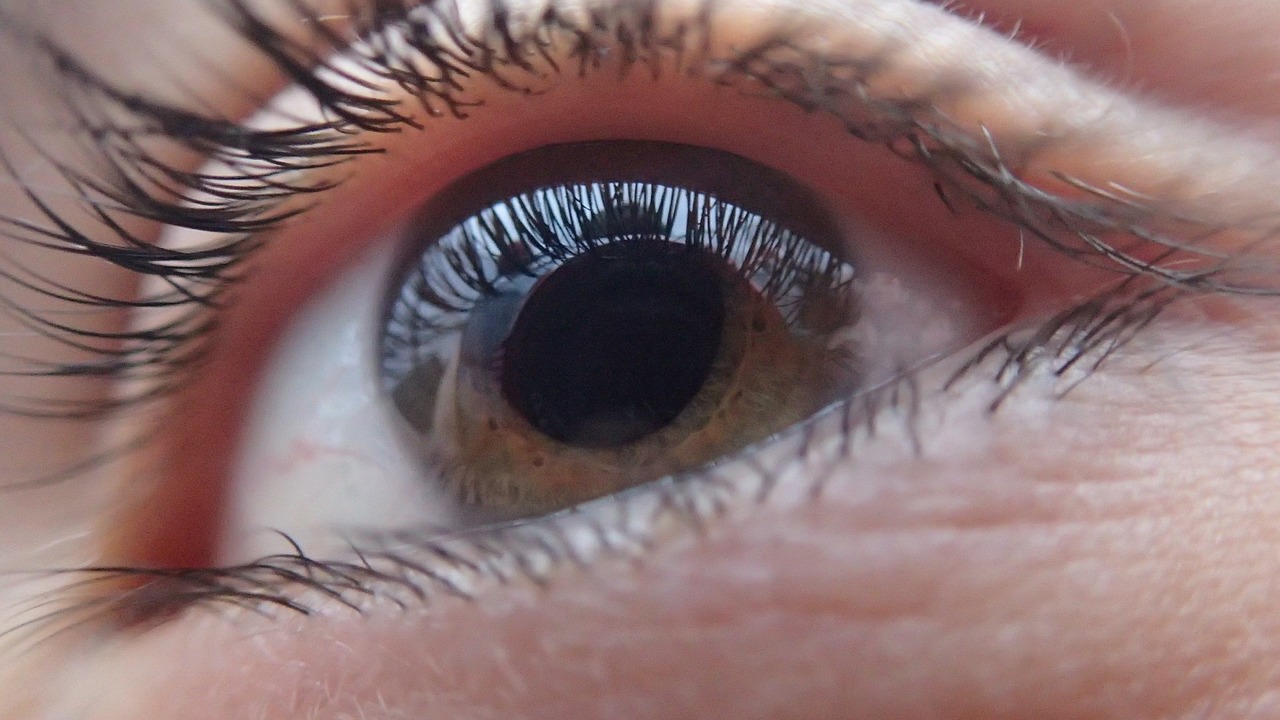What is Glaucoma?
Glaucoma is a progressive condition that damages the optic nerve of the eyes. This eye disorder usually happens when there is a build-up of fluid in the front part of the eye. This fluid buildup causes a high intraocular pressure that compresses the optic nerve causing the cells to die.
The optics nerve is located at the back of the eye. And aside from the fact that the optic nerve is part of the eye, it’s actually considered as part of the central nervous system as well. This is the reason why the optic nerve is also termed as “second cranial nerve” or “cranial nerve.” The optic nerve is responsible for the transfer of visual information from the retina to the vision centers of the brain through electrical impulses.
In the case of glaucoma disorder, due to high intraocular pressure — essentially ocular stress — in the eye, the vision is impaired and over time may lead to vision loss or blindness. This is due to the absence of specialized photosensitive cells or photoreceptors in the part of the retina where the optic nerve is situated. And the vision loss due to this eye disorder is irreversible.
Glaucoma is considered as one of the predominant causes of blindness among people over the age of 60. The blindness from glaucoma is preventable with early detection and treatment of eye disorders.
Types of Glaucoma
Glaucoma has several forms but there are two distinct major types of glaucoma notable for the increase of the intraocular pressure (IOP) or the pressure inside the eye, namely:
Primary or Open-Angle Glaucoma
Open-angle glaucoma is the most common type of glaucoma. About 90% of all glaucoma cases recorded are of the open-angle type.
With open-angle glaucoma, there is a slow clogging of the drainage canals causing increased pressure in the eye. It’s slowly developing and is a lifetime condition. Since the effect is gradual, its damage is unnoticeable though symptoms are apparent. This type of glaucoma causes no vision changes at first and is usually painless.
Open-angle glaucoma is also called “primary or chronic glaucoma. It is termed as “open-angle” because the angle where the iris meets the cornea is wide and remains open but the drainage canals of the eyes become partially clogged resulting in the internal pressure of the eyes.
In the United States, open-angle glaucoma is the most common type of glaucoma and about 3 million people are affected by it.
Angle-Closure Glaucoma
The angle-closure glaucoma is a much more rare form of glaucoma. The angle-closure glaucoma is also called “closed-angle glaucoma” or “narrow-angle glaucoma.” In this condition, the angle between the iris and cornea is closing.
This condition happens when the iris bulges forward and narrows or blocks the drainage angle formed by the iris and cornea.
And due to the complete blockage of the drainage canals, a sudden rise in the internal pressure takes place. This eye disorder develops very rapidly and this is called an acute attack. This condition may require an immediate medical emergency.
Other Forms of Glaucoma
Secondary Glaucoma
Glaucoma is pertaining to any form of glaucoma that has an established cause of increased eye pressure which resulted in the damage of the optic nerve and loss of vision.
Secondary glaucoma as with primary glaucoma, can either be of the open-angle or angle-closure type and it can affect one or both eyes.
There are several factors that may cause secondary glaucomas like inflammation, eye injury, some diabetes, or cataract medications like steroids. The treatment of this particular form of glaucoma is dependent on the underlying causes. Typically the treatment for this form of glaucoma usually includes medications, conventional surgery, or laser surgery.
Congenital Glaucoma
This is a rare congenital condition for the babies. This congenital glaucoma happens in babies with incorrect or incomplete development of the drainage canals of the eyes during the prenatal period. For less complex cases, the structural defects can be corrected by microsurgery and some may use medication and surgery as the resorted solution.
Normal-Tension Glaucoma (NTG)
This is also called “low-tension” or “normal-pressure” glaucoma. In normal-tension glaucoma, the optic nerve is damaged even if the eye pressure is at normal range. The specific reason for this condition has not been established. Others consider the sensitivity of the optic nerve or the declined supply of blood to the optic nerve that may have caused the condition. The decreased supply of blood may lead to atherosclerosis – the buildup of plaque caused impaired blood circulation.
Pigmentary Glaucoma
In this condition of glaucoma, the pigment granules from the iris of the eyes clog the drainage channels that may slow down or cause blockage to the fluid coming out of the channels. Certain physical activities like jogging may stimulate the deposition of the pigment granules into the trabecular meshwork causing the sporadic pressure elevations.
Traumatic Glaucoma
As the term implies, traumatic injury of the eye may eventually develop to traumatic glaucoma. This can be a cause of blunt injuries that bruised the eye (called blunt trauma) or other injuries that penetrated the eye. This is a form of open-angle glaucoma that happens right after the injury or may also develop after some years.
Exfoliative Glaucoma
The exfoliative glaucoma is also known as the “pseudoexfoliative glaucoma.”
This form of glaucoma is the most common type of secondary open-angle glaucoma worldwide. It is characterized by a much higher intraocular pressure as compared to other forms of glaucoma and worse 24-hour intraocular pressure characteristics.
Neovascular Glaucoma
Glaucoma results from the abnormal formation of new blood vessels on the iris and over the drainage channels of the eye. Neovascular glaucoma is usually linked to other disorders like diabetes. The neovascular blocks the fluid coming out of the drainage canal, causing an increase in eye pressure.
Uveitic Glaucoma
Uveitis glaucoma refers to the inflammation and swelling of the uvea – the middle layer of the eye. The uvea is the one that provides most of the blood supply to the retina. T
Are you passionate about sharing your insights and expertise? We invite you to write for us! Whether you’re a seasoned writer or just starting out. We’re looking for fresh perspectives on a variety of topics, from lifestyle and wellness to technology and travel.
 Lifeyet News Lifeyet News
Lifeyet News Lifeyet News





